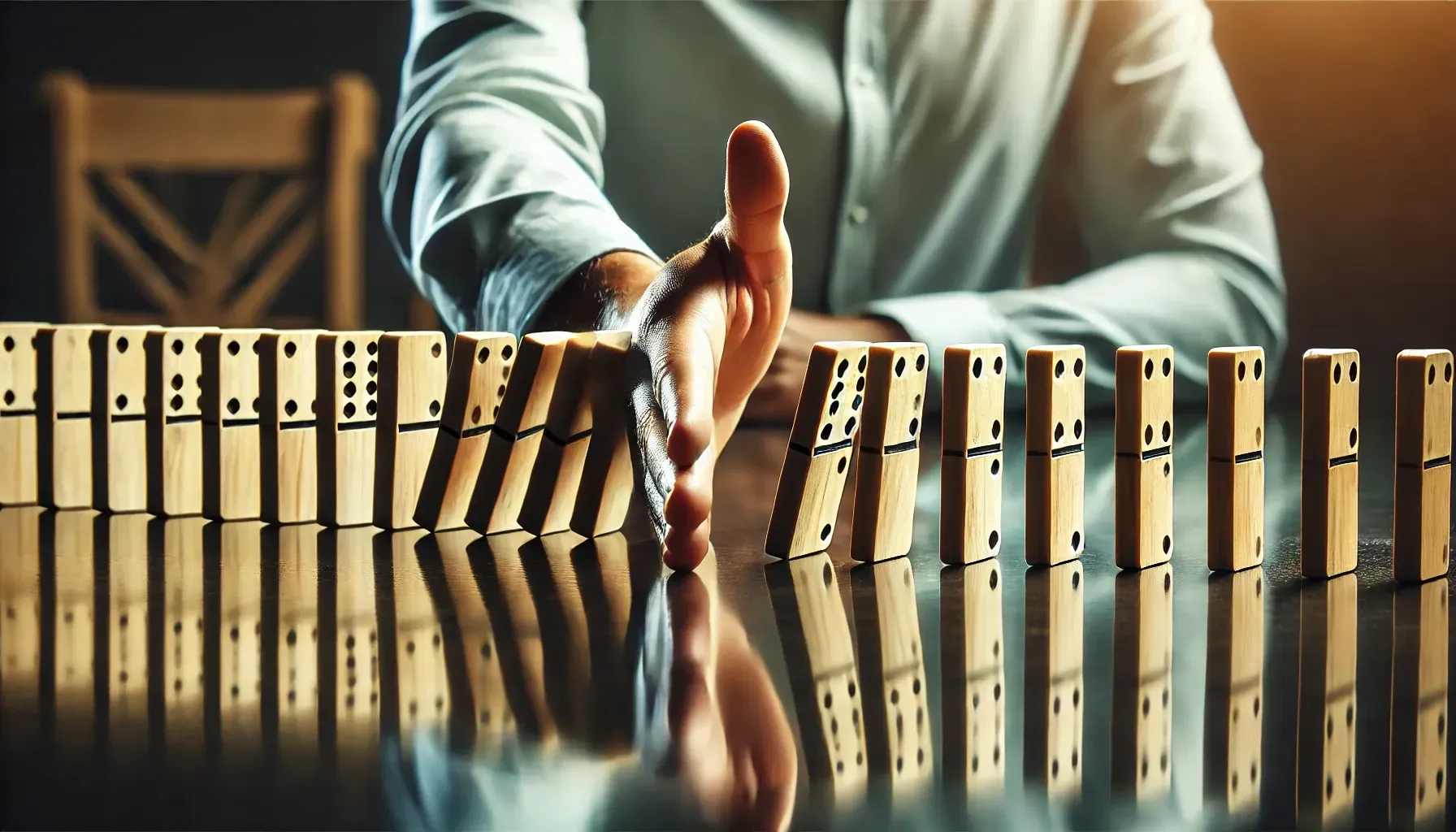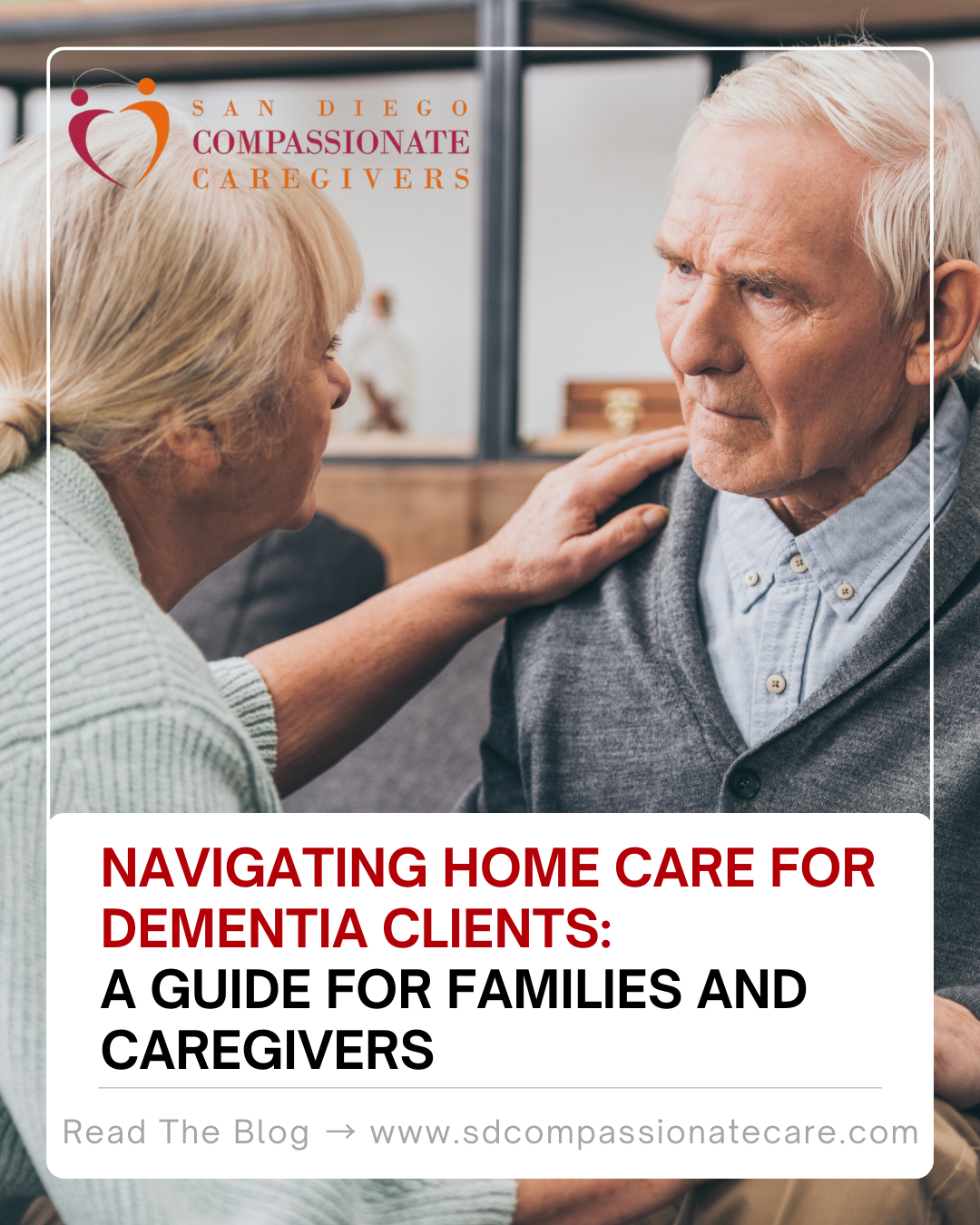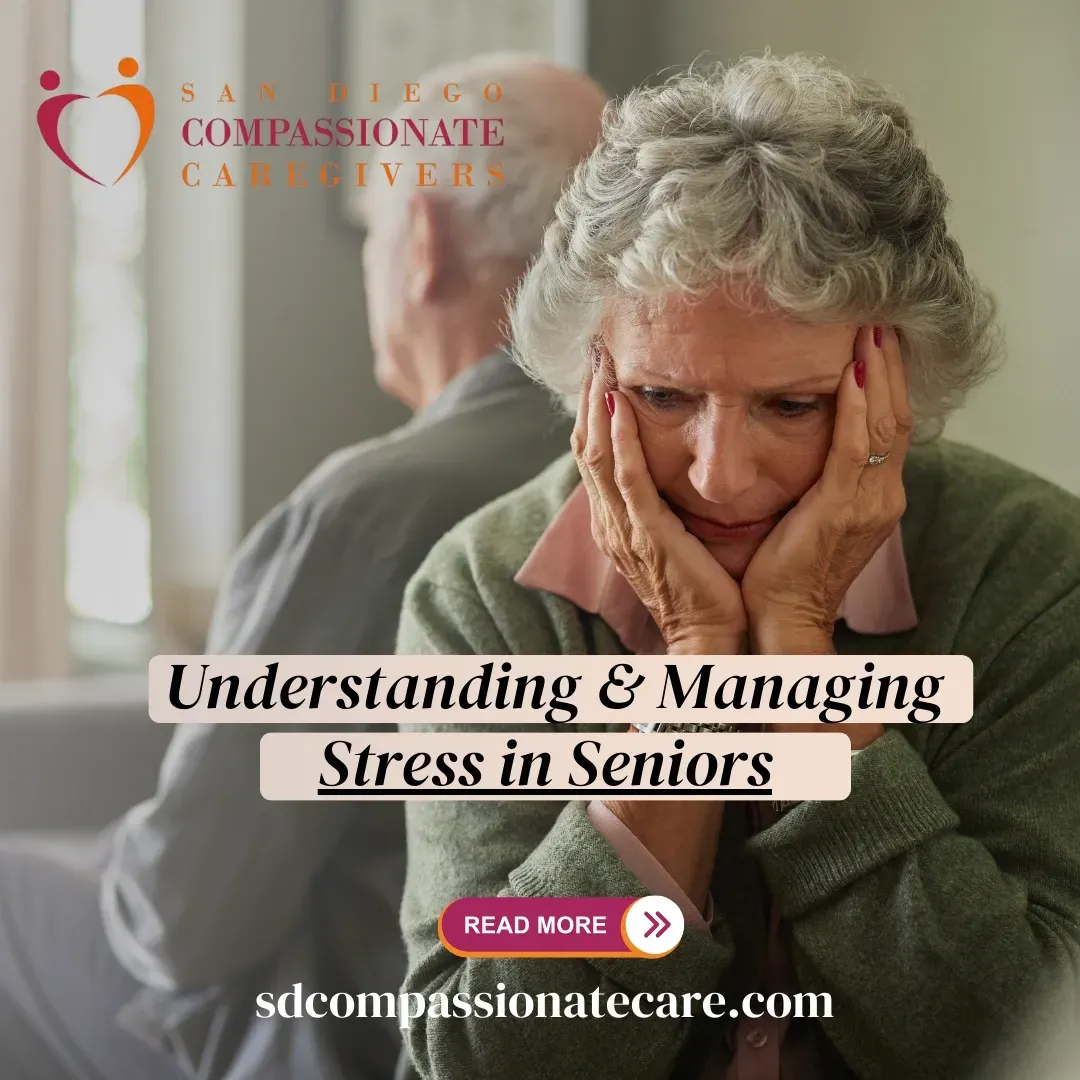Fall Prevention Strategies: Home Modifications, Exercises, and More

Falls can have serious consequences, particularly for older adults or those with mobility challenges. By adopting proactive strategies, you can create a safer living environment and reduce the risk of falls. In this blog post, we’ll explore practical home modifications , exercise routines, and additional tips to help minimize fall risks.
Understanding the Importance of Fall Prevention
Falls are one of the leading causes of injury, especially among seniors. They can lead to fractures, head injuries, and a significant decline in quality of life. Preventing falls isn’t just about avoiding injuries—it’s about maintaining independence and confidence in daily activities.
Home Modifications for a Safer Living Environment
One of the most effective ways to reduce fall risks is to make your home as safe as possible. Consider the following modifications:
1. Improve Lighting
- Brighten Up Dark Areas: Ensure hallways, staircases, and rooms are well-lit.
- Night Lights: Place night lights in bathrooms, bedrooms, and hallways to improve visibility during nighttime trips.
2. Remove Tripping Hazards
- Clear Walkways: Keep floors free of clutter, loose rugs, and cords that could cause tripping.
- Secure Carpets: Use non-slip backing or double-sided tape to secure area rugs.
3. Install Safety Features
- Handrails and Grab Bars: Place these in stairways, bathrooms, and other key areas.
- Non-Slip Mats: Use non-slip mats in bathtubs and showers.
- Stair Lifts: Consider installing a stair lift if your home has multiple levels.
Exercises and Physical Activity
Physical fitness plays a crucial role in fall prevention. Regular exercise can enhance balance, strength, and coordination. Here are some recommended activities:
1. Balance Training
- Tai Chi: This gentle martial art focuses on slow, deliberate movements that improve balance and stability.
- Balance Exercises: Simple exercises like standing on one leg or walking heel-to-toe can make a significant difference.
2. Strength Training
- Leg Strengthening: Exercises such as squats, leg lifts, and resistance band workouts can strengthen your lower body.
- Core Exercises: Building core strength improves overall stability and helps prevent falls .
3. Flexibility Routines
- Stretching: Regular stretching helps maintain flexibility, making it easier to move without losing balance.
- Yoga: Yoga not only improves flexibility but also enhances mindfulness and balance.
Additional Strategies for Fall Prevention
Beyond home modifications and exercise, consider these extra steps to safeguard your wellbeing:
1. Regular Vision and Health Checks
- Eye Exams: Regular check-ups can ensure you have the correct prescription for glasses or contacts, reducing the risk of tripping over unseen obstacles.
- Medication Review: Some medications can cause dizziness or drowsiness. Regularly review your medications with your doctor.
2. Assistive Devices
- Walking Aids: Canes or walkers can provide extra support, especially in challenging environments.
- Adaptive Equipment: Consider using reaching aids or grabbers for items stored in high or low places.
3. Community Resources and Education
- Local Workshops: Many community centers offer classes on fall prevention and balance training.
- Home Safety Assessments: Some organizations provide free or low-cost home safety evaluations to identify and mitigate fall risks.
Conclusion
Preventing falls is a multifaceted process that involves making your home safer, staying physically active , and taking proactive health measures. Whether you’re an older adult, caring for someone at risk, or simply looking to create a safer living environment, these strategies can help reduce the likelihood of falls and improve overall quality of life.
By integrating these home modifications, exercise routines, and additional safety practices into your daily routine, you’re taking a significant step toward a safer and more independent future. Stay proactive, stay safe, and remember that even small changes can have a big impact on fall prevention.





